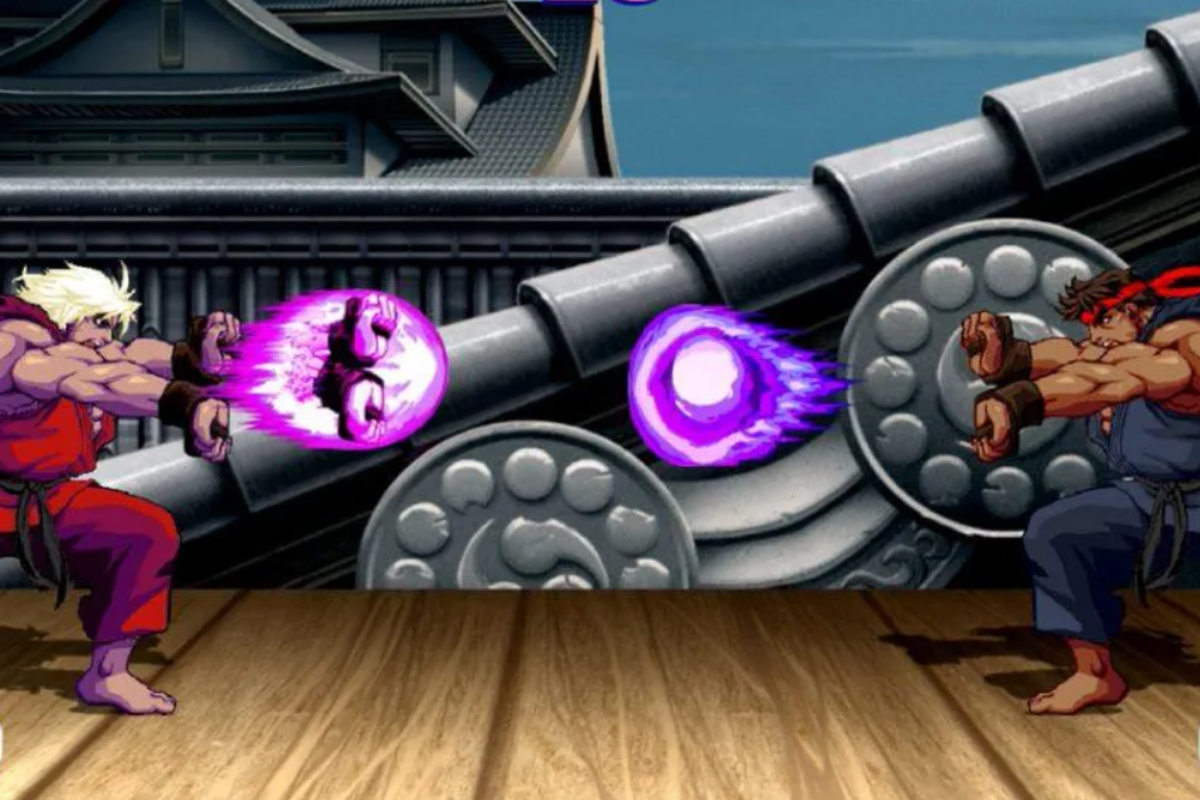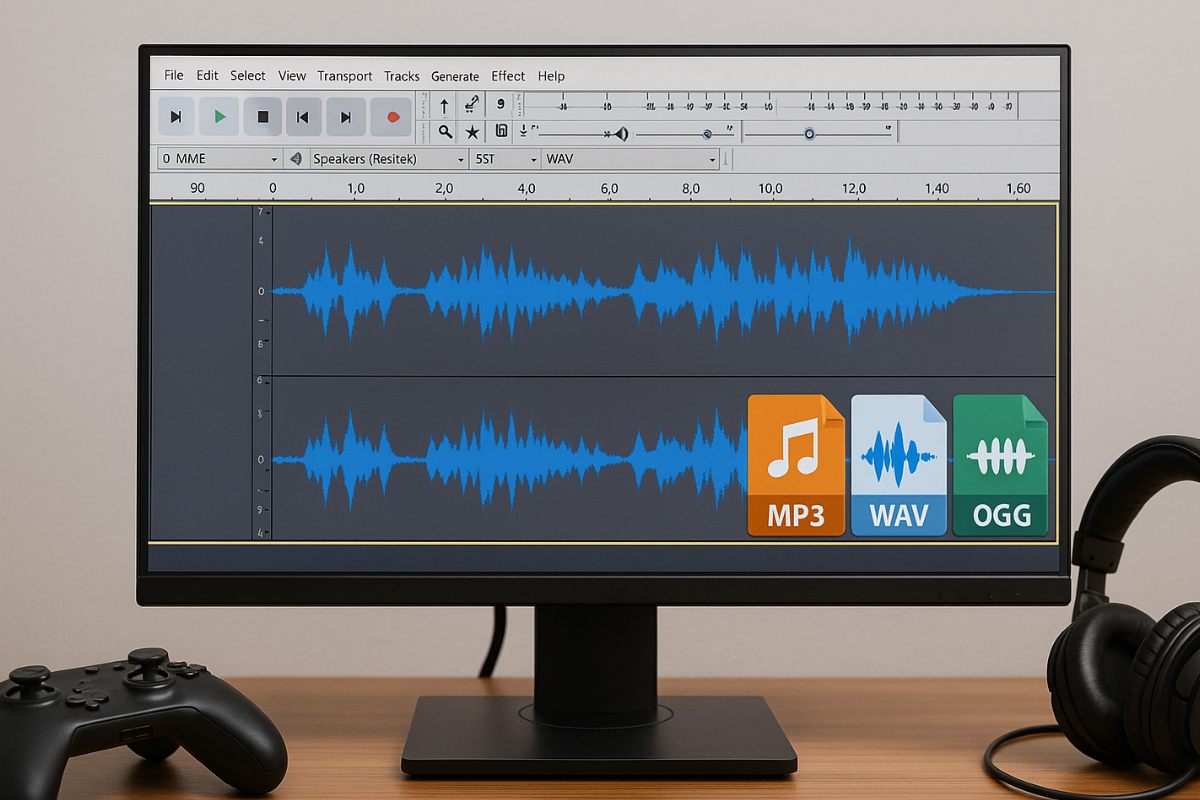In the fast-paced world of fighting games, mastering the ability to read opponent movements can be the key to victory. Whether you are an experienced player looking to refine your strategy or a beginner aiming to level up, understanding your opponent’s movements will give you a significant advantage. It’s not just about quick reactions; it’s about planning and anticipating the opponent’s next move to always stay one step ahead.
This skill is crucial in both casual matches and competitive settings, where every decision can change the outcome of the game. As you delve deeper into the mechanics of fighting games, you’ll discover that reading opponent movements is an art form that can transform a good player into a great one.
Key Topics to Look Forward To
In this section, I’ll provide a summary of the main topics covered in this article to help you better understand the strategies and techniques involved in reading opponent movements in fighting games.
- Understanding Opponent Movements: Why reading your opponent’s moves is essential in fighting games.
- Recognizing Opponent Patterns: How to learn your opponent’s recurring patterns.
- Analyzing Opponent Defense: Identifying when and how to counterattack.
- Reading the Opponent’s Mindset: How your opponent’s strategy and nature affect their movements.
- Training and Improving Your Skills: How to practice and become better at reading opponent movements.
What Are Fighting Games?
Fighting games are a genre of video games where two players battle using characters with unique abilities, moves, and fighting styles. These games typically include a life bar, special moves, and combos that can be used to defeat the opponent. Some of the first games in this genre include Street Fighter and Mortal Kombat, which set the foundation for modern fighting games.
One of the core elements of fighting games is the “mind game,” where physical speed is not the only important factor; the ability to read and plan your next move is crucial. Therefore, learning to read opponent movements is a vital skill that players must master.
Examples of Popular Fighting Games
Fighting games have a long history of outstanding and popular titles shaped by various generations of players. From classic arcade games to modern competitive battles, each game has its own style and mechanics that enrich the genre. Here are some of the most popular fighting games where you can study and practice reading your opponent’s movements:
- Street Fighter: A classic game known for its deep mechanics and combo-based gameplay. Mastery of spacing and special move execution is essential for success.
- Tekken: A 3D fighting game with a large roster of characters and various fighting styles. This game emphasizes juggling combos and frame data for advanced strategies.
- Mortal Kombat: Famous for its brutal fatalities and fast-paced battles. Mechanics like blocking and meter management are key to boosting your defense and offense.
- Super Smash Bros.: Features a unique combat style where different strategies can be used to stay in the arena. It combines platforming mechanics and item play to make the battles more dynamic.
- Guilty Gear: An anime-style fighting game with fast movements and technical gameplay. Roman Cancels and the Burst System offer deeper strategies in every match.
- King of Fighters: A game with three-man team battles that offers unique strategies compared to other fighting games. Careful team selection and meter management are required to effectively defeat opponents.
- Dragon Ball FighterZ: A fast and dynamic battle game inspired by the popular anime series. The game focuses on assists, auto-combos, and vanish mechanics for quick action.
Understanding Opponent Movements in Fighting Games
The first step to success in fighting games is understanding how to read your opponent’s movements. In games like Street Fighter, Tekken, or Mortal Kombat, each opponent has their own playing style and moves that are often repetitive. Taking the time to observe these movements will give you a significant advantage.
It’s important to observe the opponent’s movements, especially when they change the rhythm of the game. If they frequently use combos or have specific patterns in their attacks, you can predict when they will use them again. For example, in Tekken, some opponents repeatedly use high kicks, so if you can read this move, you can easily dodge and counterattack.
Recognizing Opponent Patterns
In fighting games, you can’t just see all the moves your opponent makes at once. You need to observe and discover patterns that reveal their style. The opponent may use the same set of moves in each round. If you notice that the opponent always uses quick attacks followed by a heavy block, this may be the time to prepare for a counter.
An example in Street Fighter is the use of a fireball. An opponent who consistently throws fireballs at the right distance shows a predictable pattern. Your job is to recognize this and find the opportunity to parry or block, then counterattack their next move.
Analyzing Opponent Defense
Another important part of reading opponent movements is analyzing their defense. When the opponent frequently blocks or evades, you’ll know they aren’t open to attacks all the time. Attempting to break through their defense without the right timing will result in a counterattack from them. Therefore, it’s crucial to study the moments when the opponent becomes defensive.
Think of the opponent’s defense as a wall with gaps. When you see an opening in their defense (for example, they loosen up in a specific area), you can initiate your counterattack. In Mortal Kombat, opponents who block often become vulnerable to their own weight, and with the right timing, you can exploit their weaknesses to gain the advantage.
Reading the Opponent’s Mindset
Not all of the opponent’s moves are based solely on actions. Sometimes, their mindset plays a large role in their playstyle. When you learn to read their psychology, it will become easier for you to adjust your own movements. If the opponent is aggressive, you can use their strength against them, but if they are defensive, look for opportunities to punish their passive strategy.
For example, when the opponent shows excessive defense and doesn’t attack, you’ll know they’re either nervous or afraid of your attack. This is a good opportunity to change your strategy and take the lead in the match.
Training and Improving Your Skills
A key aspect of improving your ability to read opponent movements is practice. You need to use the game’s training mode and practice reading your opponent’s movements. When you review your match replays, you can analyze mistakes or correct strategies to improve in your next match.
Online matches are also a great way to learn from different opponents. If you always play against opponents with different styles, you’ll learn to adjust and read movements from various perspectives.
Through consistent practice, you can improve your ability to read movements and be more prepared for upcoming battles. Improving reflexes and timing will give you greater control over the game.
Focusing on Success: Enhancing Your Ability to Read Opponent Movements in Fighting Games
Reading your opponent’s movements in fighting games is a skill that provides a significant advantage in every match. As you learn to observe, analyze, and adjust to your opponent’s strategy, you become more prepared for each challenge. With the right practice and technical strategies, you will achieve success in fighting games. Popular games like Street Fighter, Tekken, and Mortal Kombat offer great opportunities to hone your skill in reading movements and improve your gameplay. Remember, being smart and quick at reading your opponent’s movements is not only the key to victory but also to becoming a skilled player.



